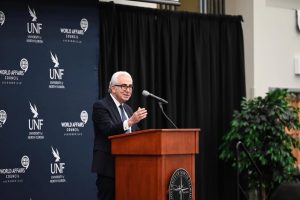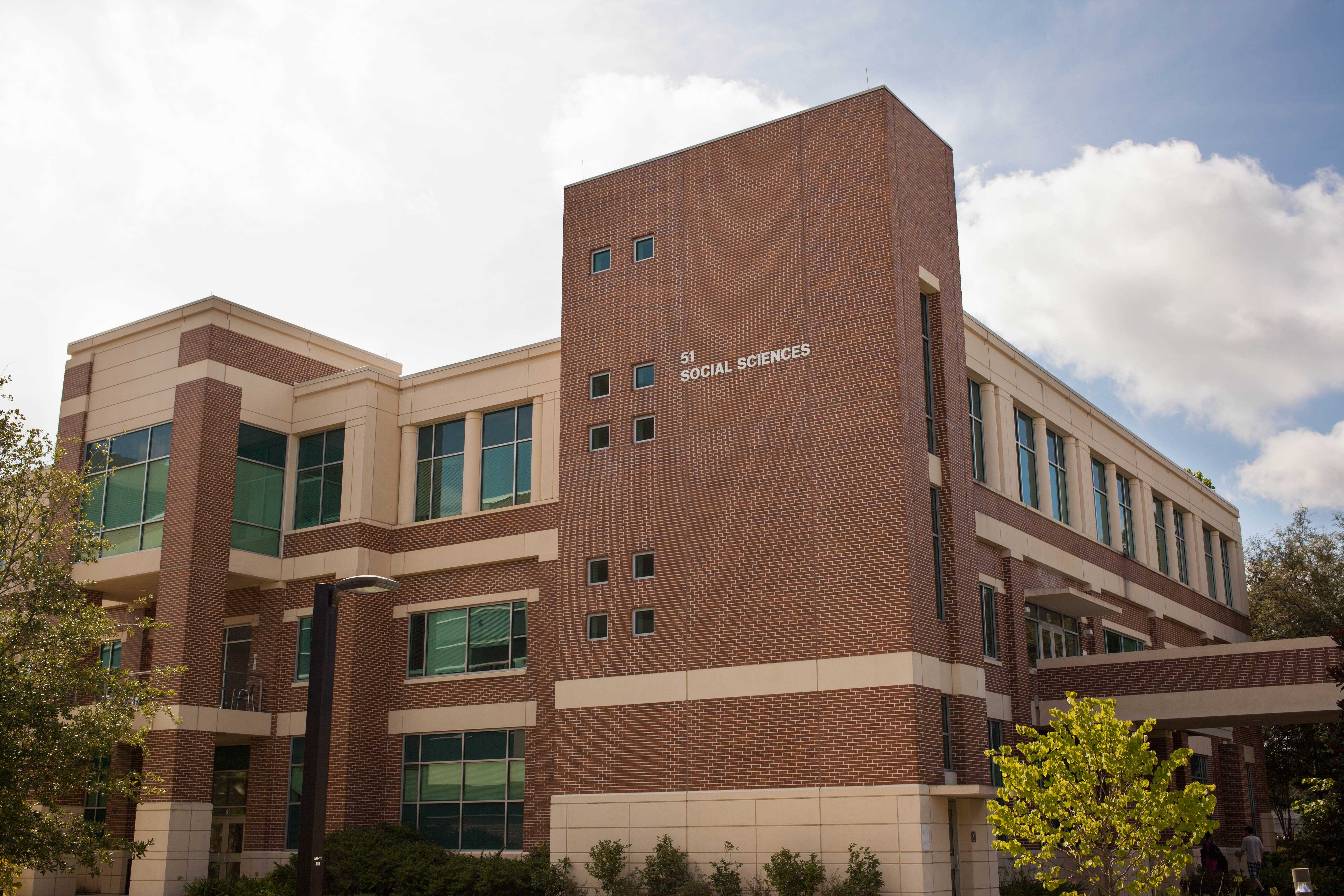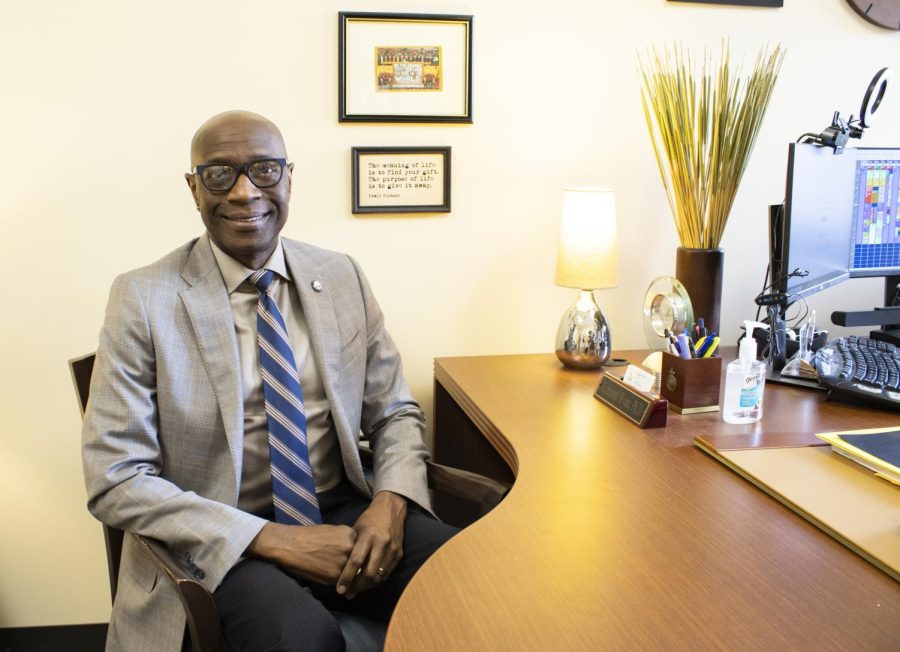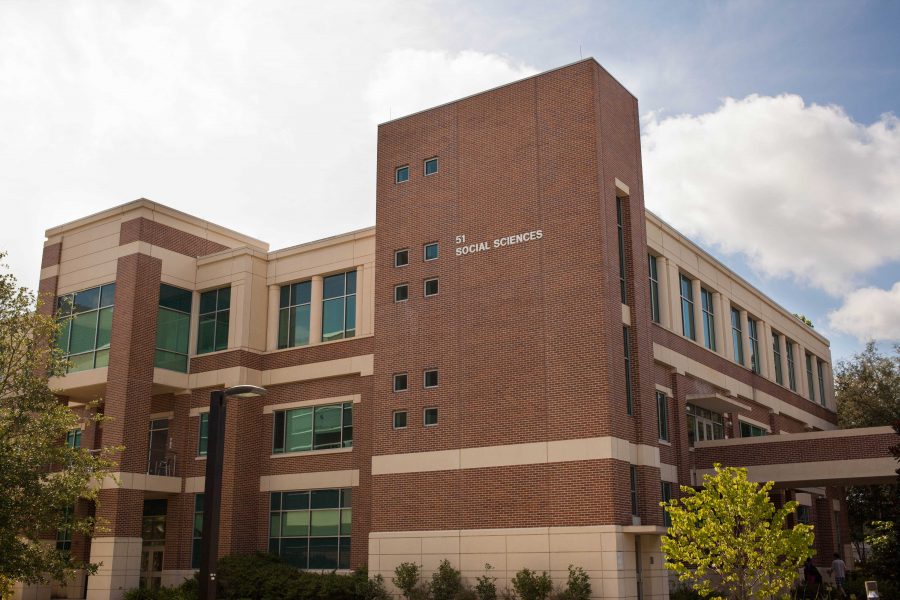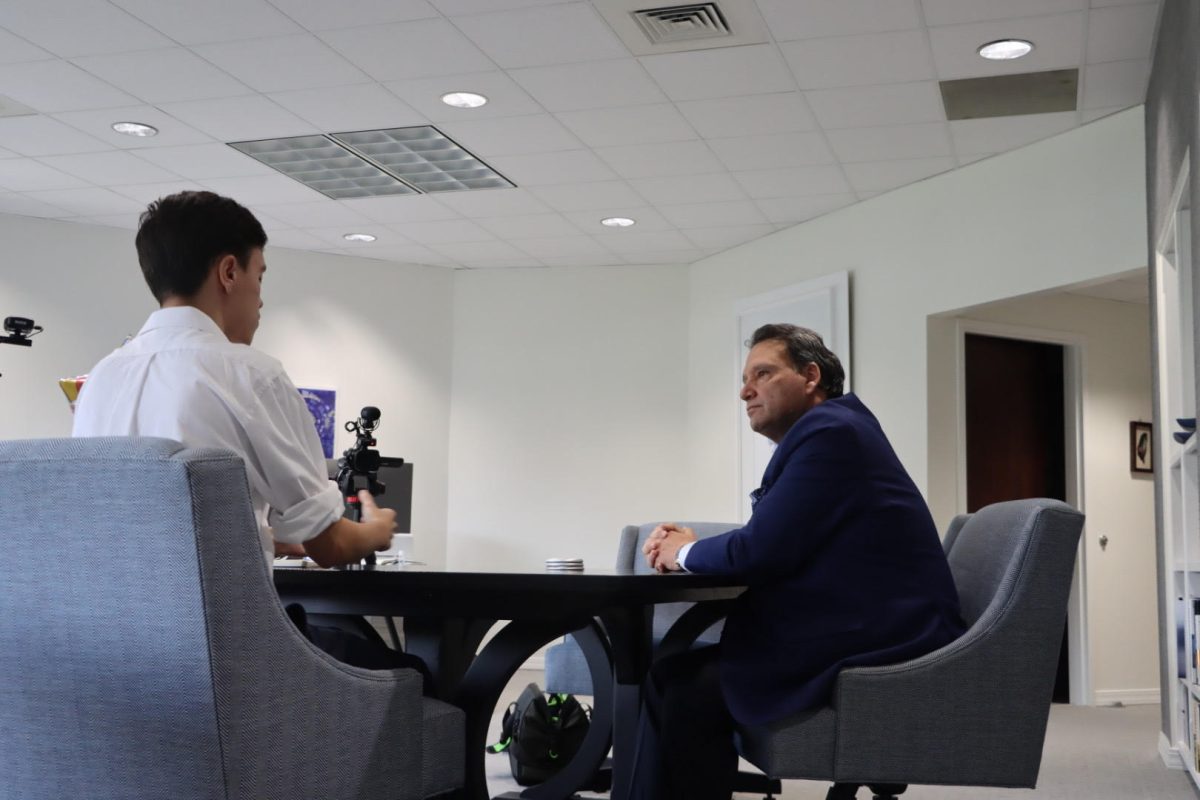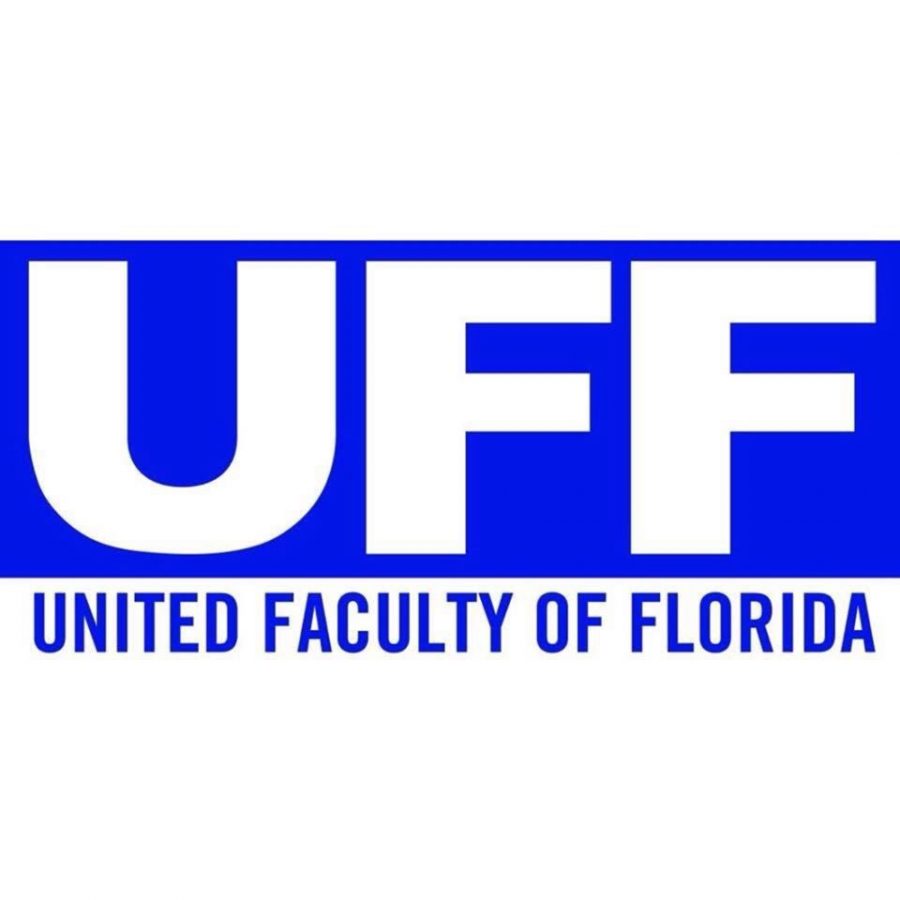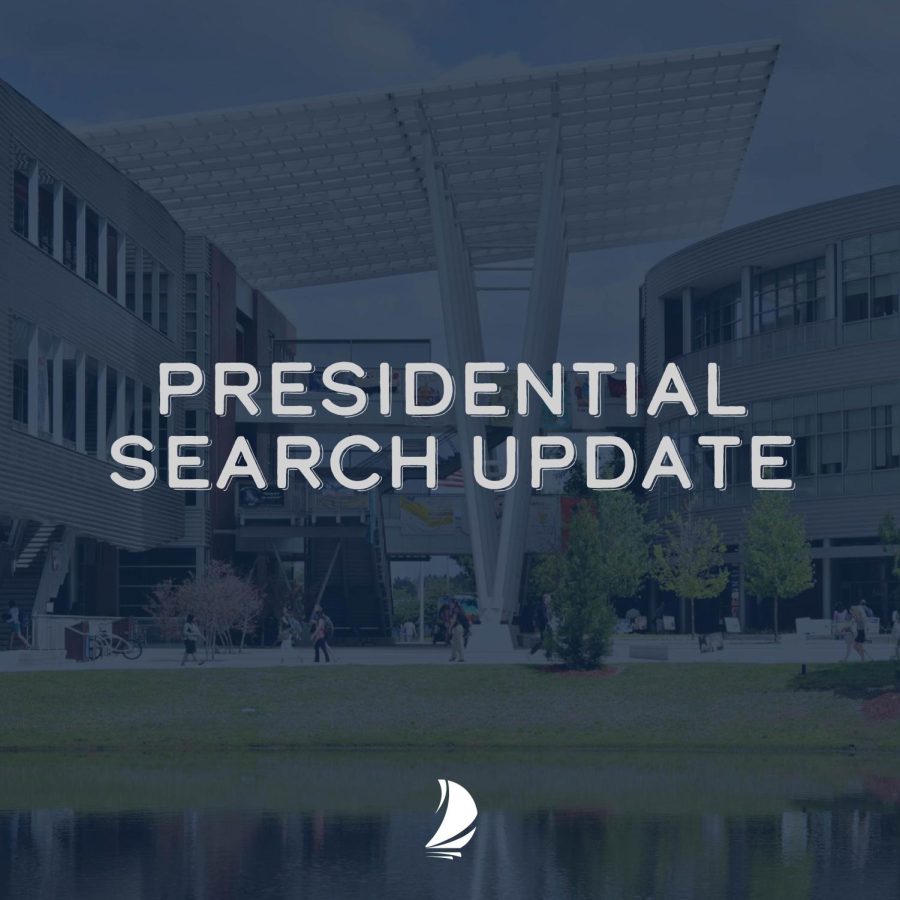Florida’s 11 state public universities are banding together in the face of steep student health insurance increases with the hopes of keeping premiums down and providing better health care benefits to Florida university students.
The price of student insurance, which is provided by Blue Cross & Blue Shield, is projected to increase from $1,105 to $2,965 for the 2011-2012 school year, which the Florida State University System Student Health Insurance Task Force could potentially decrease with a purchasing consortium.
This consortium, as it’s come to be called, is a network of purchasing partnerships designed to increase the pooling of resources. In regard to student health insurance, increasing the number of students in an insurer’s risk pool may reduce the cost of premiums.
According to a 2008 U.S. Government Accountability Office Report, 500 American universities are in a purchasing consortium for a total of 37 consortia.
The State University System’s Student Health Insurance Task Force, comprised of five members including Doreen Perez, director of Student Health Services at UNF, and John Barnes, UNF’s student body president and student representative, was established in early 2007.
“The goal of the consortium is to offer students a quality product at a discounted price,” Barnes said.
Last year’s congressional health care debate served as the catalyst to re-evaluate the insurance needs of the 300,000 Florida university students and led to the Florida Board of Governors unanimously approving of the consortium recommendation, said John Rogers, policy director of Academic and Student Affairs for the Florida Board of Governors.
The Florida Board approved the move this March with changes expected to take effect in the 2011-2012 school year. It will make school-provided health insurance benefits the same at all Florida public universities that choose to participate in the purchasing consortium.
At the start of each semester, Blue Cross & Blue Shield’s collegiate risk management sends UNF’s Student Health Services a check for an estimated sum that is intended to pay for all covered services. Each time a student receives a service, the amount is deducted from the allotted sum which allows UNF students to have no out of pocket expenses.
For over two years, Blue Cross & Blue Shield has offered UNF students a benefits packet with $0 co-pays and an unlimited prescription plan, Perez said.
But inflated areas of UNF’s student insurance coverage, such as the unlimited prescription benefits, has the potential to cost Blue Cross & Blue Shield a $200,000 prescription limit annually, Perez said.
High-dollar claims and a broad coverage plan led to large company losses in 2009, meaning increased premiums, said Vonda White, Blue Cross & Blue Shield’s collegiate risk management president.
A recently released Office of Program Policy Analysis & Government Accountability report (OPPAGA) compared UNF’s prescription costs to the 11 other Florida state universities and found schools such as the University of Central Florida offer fewer prescription benefits for a reduced prescription limit of $1,250 annually.
According to the written proposal presented to the Florida State University System board, benefits across the Florida state university system range from $50,000 to $250,000, with some universities, such as Florida A&M University, offering students a higher premium per dollar of coverage and significantly lower benefits compared to a student who purchases, for instance, a UF-sponsored insurance plan.
The task force concludes this is due to the distribution of risk factor which insurance agencies use to determine how a population should be covered and at what cost.
“The consortia is designed to reduce the cost [of student health insurance] because the number of participants will increase from, let’s say, 150 policies to roughly 2,000 policies,” Rogers said. “And the increased number of participants will lower the risk rates.”
“The universities are cooperating among themselves, so there will be no state involvement,” said Janet Owen, vice president of Governmental Affairs.
Discussions on implementing the consortium arrangement that are expected to begin for the 2011-2012 school year at the next board meeting, which is slated for May, Barnes said.
Determining student coverage will be a long discussion process among the state universities who are eager to begin, Perez said, “[but] we need student input. We want to know what the students want in their insurance plans.”
Perez invites the roughly 400 UNF students who have the school health insurance, as well as any students who are interested in it, to an open forum featuring representatives from Blue Cross & Blue Shield, including White, in the Student Union, room 3806 at noon April 14.


